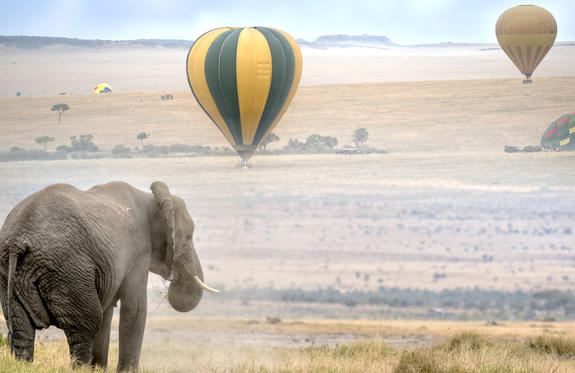
One of Kenya’s most iconic natural wonders, the Masai Mara National Reserve stretches across more than 1500 square kilometres in the country’s southwest. The park shelters a remarkable array of wildlife, including elephant, lion, leopard, and buffalo that roam its savannahs, while crocodile and hippopotamus inhabit the Mara River. Birdwatchers will delight in the presence of more than 450 resident species. Yet the true spectacle is the Great Migration, named one of the Seven New Wonders of the World. Each July to September, roughly 1.7 million wildebeest trek from the parched plains of Tanzania’s Serengeti to the greener grasslands of the Masai Mara, followed by zebra, antelope, and predators such as lion, hyena, and cheetah. The sight, sound, and raw energy of these vast herds are a once-in-a-lifetime experience for any traveller.

Bordering the Masai Mara National Reserve to the southwest, the Olare Orok Conservancy to the west and the Ol Kinyei Conservancy to the east, the Mara Naboisho Conservancy is comprised of over 50 000 hectares of unspoilt wilderness in Kenya’s Greater Mara Region. The area is renowned for its bountiful biodiversity and breathtaking natural beauty with a wide range of wildlife on offer including lion, cheetah, elephant, giraffe, wild dog, and a host of plains game. Visitors can look forward to guided walking safaris, spending the night in a transient fly camp, heading out on a night game drive in search of elusive nocturnal creatures, joining the Mara Naboisho Lion Project as they track lions across the conservancy, or visiting Maasai villages to learn about the fascinating indigenous culture.




